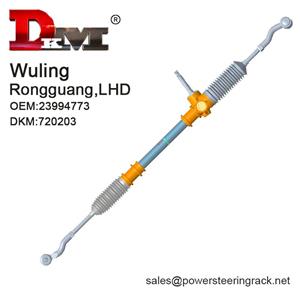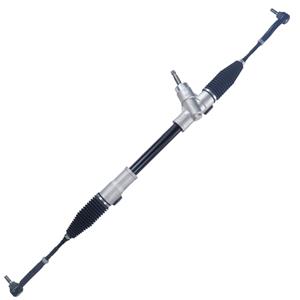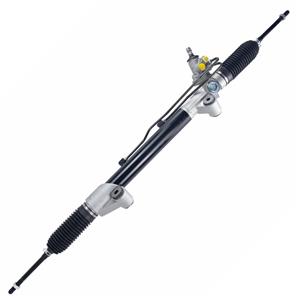-
From Toyota and Ford to BMW and Mercedes-Benz, these brands still choose hydraulic steering systems on some models because of their excellent reliability, excellent driving feedback and low manufacturing and maintenance costs.
-
The driver needs to exert more force when steering, which is especially dangerous for inexperienced drivers. In an emergency, the lack of steering power may cause the vehicle to fail to avoid obstacles in time or make correct steering operations, causing accidents.
-
Open the owner's manual and find the vehicle specifications or technical parameters section. Generally, the type of power steering system will be listed here. If the manual specifically mentions "hydraulic power steering system" or "electronic power steering system", then you can determine the vehicle's equipment.
-
Mercedes-Benz first adopted power steering systems in its mass-produced models in 1958. The system was first used in the Mercedes-Benz 300 Series sedan (W189), a high-end luxury sedan favored by aristocrats and business elites.
-
The power steering pump (Power Steering Pump) is one of the key components in the power steering system. Its main function is to generate hydraulic oil flow through mechanical force to provide power to the steering system.
-
Cadillac first introduced power steering in its production cars in 1952. At that time, power steering technology had been relatively mature, especially after Chrysler launched the first mass-produced car equipped with a hydraulic power steering system in 1951
-
The main function of the power steering pump is to provide hydraulic pressure and is the "heart" of the system. The power steering rack is the actuator, which converts hydraulic pressure into mechanical movement and is the "hands and feet" of the system. The pump provides power support for the rack, while the rack converts this power into actual steering effect.
-
Hydraulic power steering systems require oil because hydraulic oil is the primary medium of energy transfer. In this system, the pressure generated by the hydraulic pump needs to be transmitted through hydraulic oil.
-
Specifically, Honda first equipped its North American version of the Honda Accord with a hydraulic power steering system as standard in 1982, which was the time node when Honda first adopted power steering technology on a large scale.
-
Reasons for noise in the hydraulic power steering system: 1. Insufficient hydraulic oil or oil mixed with air 2. Power steering pump failure 3. Steering rack failure 4. Poor quality or deterioration of hydraulic oil 5. Loose pipes or joints 6. Excessive pressure caused by the steering wheel hitting the bottom




